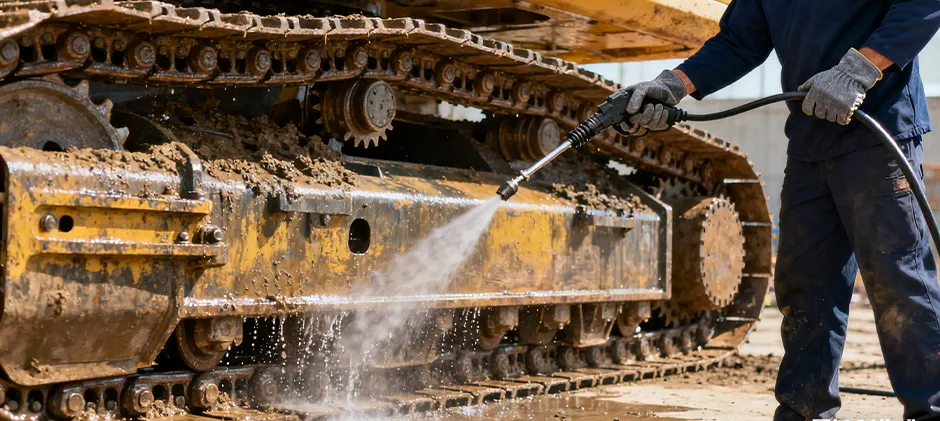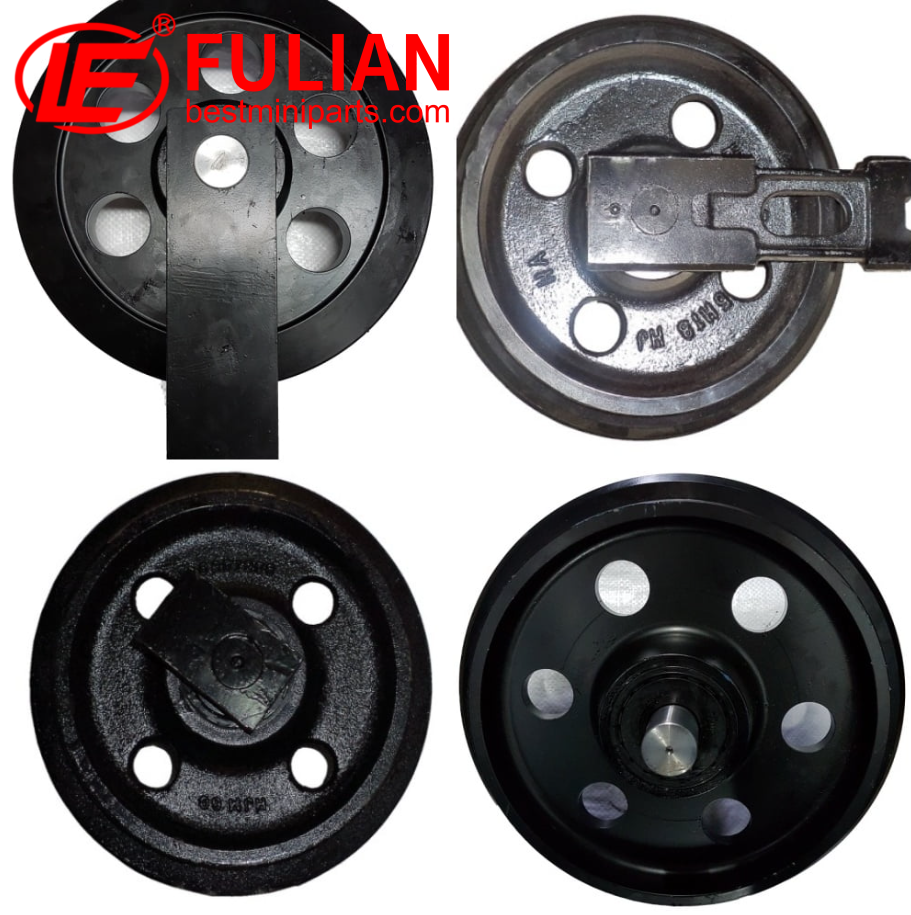The guide wheel, also known as the idler wheel, on your Bobcat excavator is a critical component of the undercarriage system, guiding the track around the front of the machine. Knowing when to replace the guide wheel is vital for the proper operation and longevity of your equipment. While there’s no one-size-fits-all answer, several indicators and practices will help you determine the ideal time for a replacement.
Manufacturer’s Recommendations
Refer to your Bobcat excavator’s operation and maintenance manual for specific guidelines regarding service intervals. Bobcat typically provides detailed maintenance schedules, with actions required at particular operational hour intervals. Adhering to these prescribed schedules helps in maintaining the optimal functioning and lifespan of the guide wheel.
Refer to your Bobcat excavator’s operation and maintenance manual for specific guidelines regarding service intervals. Bobcat typically provides detailed maintenance schedules, with actions required at particular operational hour intervals. Adhering to these prescribed schedules helps in maintaining the optimal functioning and lifespan of the guide wheel.
Inspection and Wear Analysis
Regular inspections are essential:
Regular inspections are essential:
-
Wear Indicators: Check for significant wear on the wheel flanges, cracks, or any other form of structural damage. When wear leads to the thinning of the wheel flanges, it’s a strong indicator that a replacement is needed.
-
Undercarriage Inspections: As part of routine maintenance, assess all undercarriage components, including the guide wheel, for potential issues. This prevents further damage and avoids unexpected operational downtimes.
-
Alignment Issues: Any signs of misalignment in the track can cause uneven wear on the guide wheel, which may necessitate an earlier replacement.
Operational Conditions and Usage Patterns
Consider how your excavator is used:
Consider how your excavator is used:
-
Demanding Environments: If you operate in rocky, uneven, or abrasive terrain, your guide wheel may need to be replaced more frequently than if used on softer ground.
-
Operational Intensity: High usage intensity can accelerate wear. Keep a log of operational hours and types of tasks to predict wear patterns better.
Sound and Movement
Unusual noises or movement could indicate a problem:
Unusual noises or movement could indicate a problem:
-
Noises: Listen for any unusual sounds coming from the guide wheel area, such as grinding or clunking, which can hint at internal bearing failures or excessive wear.
-
Loose Movement: If the guide wheel exhibits excessive movement or instability, it could be an indication that it needs replacing.
Preventative Replacement
Considerations for preventative maintenance:
Considerations for preventative maintenance:
-
Synchronized Replacement: Some operators choose to replace guide wheels and other undercarriage parts concurrently to ensure even wear and performance across all components.
-
Hourly Intervals: Even without visible wear, some operators opt to replace the guide wheels after a set number of operational hours as a precaution.
Conclusion
The ideal time to replace the guide wheel of your Bobcat excavator depends on a combination of factors including manufacturer recommendations, wear and tear assessments, operating conditions, and usage patterns. Regular undercarriage inspections and adherence to scheduled maintenance intervals are your best strategies for determining when a replacement is due. Consult your Bobcat service manual, keep an eye out for visual and auditory indications of wear or damage, and consider the conditions in which your excavator operates. These practices will help you maintain your equipment effectively and replace your guide wheel at the ideal time to avoid unnecessary downtimes and additional repair costs. Remember that proactive maintenance and timely replacements can save you time and money in the long run by preventing more extensive issues with your excavator’s undercarriage system.
The ideal time to replace the guide wheel of your Bobcat excavator depends on a combination of factors including manufacturer recommendations, wear and tear assessments, operating conditions, and usage patterns. Regular undercarriage inspections and adherence to scheduled maintenance intervals are your best strategies for determining when a replacement is due. Consult your Bobcat service manual, keep an eye out for visual and auditory indications of wear or damage, and consider the conditions in which your excavator operates. These practices will help you maintain your equipment effectively and replace your guide wheel at the ideal time to avoid unnecessary downtimes and additional repair costs. Remember that proactive maintenance and timely replacements can save you time and money in the long run by preventing more extensive issues with your excavator’s undercarriage system.
Fulian Operation Team
2024.1.22








